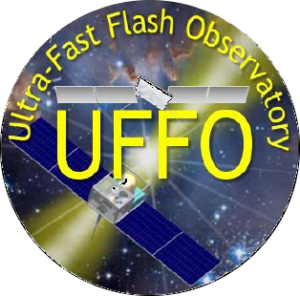Coming across an Ultra-Fast Flash Observatory (UFFO) while walking along the Malvarrosa beach is unexpected; in fact, the dark reaches of space are not a common topic of conversation here, where infinity and beyond is usually just to the end of the street.
And yet, space exploration is not a million light years away from Valencia.
The Ultra-Fast Flash Observatory studies the first moments when gamma rays crash into something; something that happens when large stars die, two stars collide or, as we often say, once in a blue moon.
Ther Ultra-Fast Flash Observatory was launched into space at the end of April 2016; a collaboration between Korea (south, hopefully), Russia, Taiwan, Denmark and the Instituto de Astrofísica de Andalucía (IAA-CSIC) and the Universitat de València which designed the flight hardware UBAT, among other things and devices.
The Russian rocket Lomonosov, was launched from Vostochny, near the Kamchatka peninsula, bearing the telescope that is the key to this joint project, which will inevitably change our understanding of the Universe as we barely know it.
From an altitude of 490 kilometres, and with a lifespan of three years the telescope will study the deepest parts of the universe and provide information to Professor Víctor Reglero, and his team at Valencia University.

